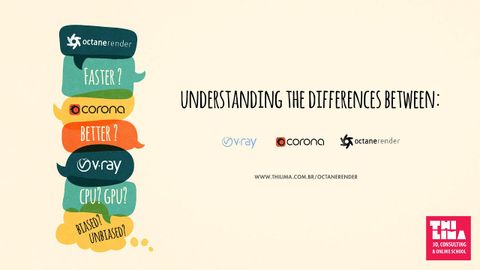
Subtitles & vocabulary
Understanding the differences between: Vray x Corona x Octane Render (ENGLISH SUBS)
00
Sheng Han Weng posted on 2016/11/07Save
Video vocabulary
card
US /kɑ:rd/
・
UK /kɑ:d/
- Noun
- One of 54 pieces of paper used in a game of cards
- Small piece of paper or plastic used as ID
- Transitive Verb
- (Golf) to record how many hits you took
A1
More light
US /laɪt/
・
UK /laɪt/
- Transitive Verb
- To cause something to burn; put a burning match to
- To provide a way to see ahead
- Adjective
- Being bright making it easy to see; not dark
- Being pale and lacking darkness of color
A1
More lot
US /lɑt/
・
UK /lɒt/
- Noun
- What happens to a person in life from chance; fate
- A group of people seen together
A1
More camera
US /ˈkæmərə, ˈkæmrə/
・
UK /'kæmərə/
- Noun (Countable/Uncountable)
- Object that takes pictures digitally, or on film
- The art or activity of taking photographs or filming.
A2
More Use Energy
Unlock All Vocabulary
Unlock pronunciation, explanations, and filters
